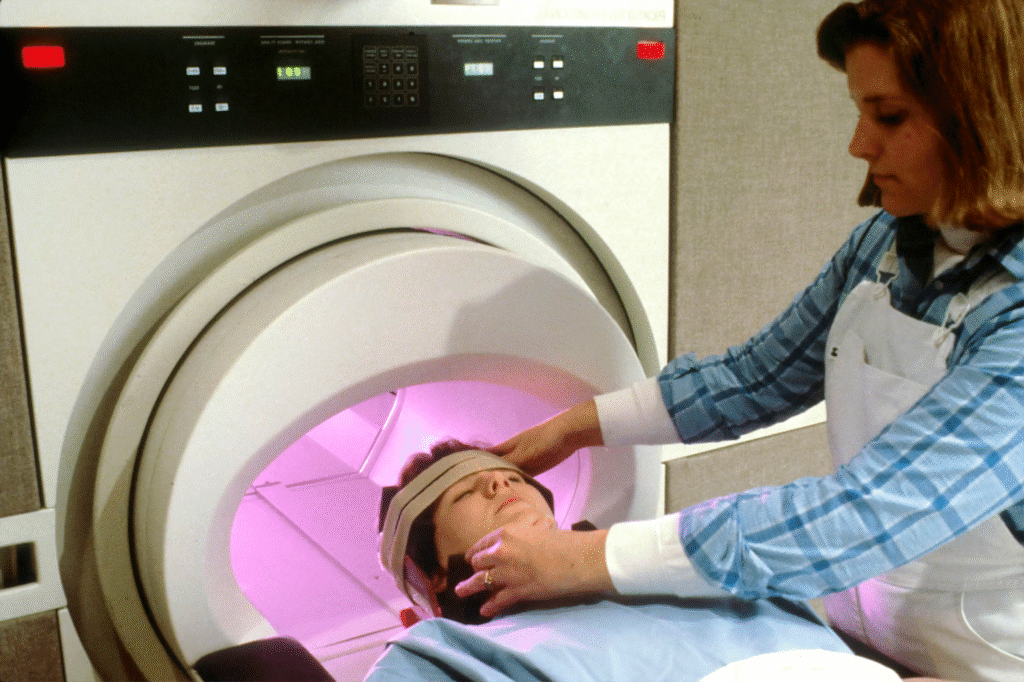Healthcare facilities lose significant revenue each year to preventable equipment downtime. With medical devices playing a critical role in patient care and day-to-day operations, keeping them in top condition is a business priority.

Prioritize Regular Maintenance and Servicing
Routine maintenance is one of the most effective ways to keep healthcare equipment performance at its best for longer. When devices receive regular check-ups and software updates, they are less likely to break down unexpectedly.
This applies to large hospital machines:
- MRI
- CT
- X-ray scanner
It also applies to everyday devices:
- ECG machines
- Infusion pumps
- Sterilizer
- Patient monitors
Many facilities choose to follow a set maintenance schedule based on manufacturer recommendations and usage levels. Healthcare businesses turn to OEM services from providers such as GE Healthcare for calibration and essential equipment checks. There are also selected US-based biomedical service providers for additional support. Ultimately, preventive maintenance reduces the risk of sudden failure and lowers long-term costs to a minimum.
Don’t Delay Repairs
When signs of wear or malfunction appear, the quicker you act, the faster you can prevent small problems from affecting your healthcare operations and budget. Even a minor issue can affect performance, safety, and accuracy, which will impact patient care and overall efficiency.
Using high-quality replacement parts that match the demands of clinical environments is the simplest and safest way to support the long-term performance of your equipment. For instance, you need to select custom bearings that are designed for healthcare equipment to reduce friction and minimize wear. In a medical setting, bearings are typically used in moving and rotating devices such as centrifuges, dental tools, general lab equipment, and even some robotic systems. So, it makes sense to opt for parts that are built for medical-grade performance.
Your maintenance and service schedule is there to help spot issues and start the repair process. But you also want healthcare staff to be able to recognize early warning signs, from unusual noises to error messages. They can also report issues early, which means that repairs can be arranged before the damage progresses too much.
Protect Devices from Digital Risks
Many healthcare devices, including monitors, imaging systems, and smart infusion pumps, link to networks to share data and streamline patient care. While this boosts efficiency, it also increases vulnerability to cyber attacks. That’s why healthcare facilities need robust equipment security strategies to reduce the risk of system disruptions from hackers.
Naturally, keeping software updated is crucial, but you need more than security patches and firmware updates to safeguard your equipment. You need a full security strategy operated by professionals.
Insure Healthcare Equipment
Many healthcare facilities need specialist insurance options that exactly match their needs and usage volume. Some insurers even offer tailored coverage dedicated to the equipment that is central to patient care, such as CM&F Group, to safegyard critical tools and minimize disruption.
As a rule of thumb, it is crucial to select a policy that ticks all your boxes:
- Types of equipment covered
- Scenarios that qualify for a claim
- Whether cyber-related problems are covered
It is worth comparing a few plans to ensure that your healthcare business finds the right level fo protection. While price is always a consideration, it is better to pay more for the appropriate level of protection than to save money by cutting corners on protection.
The bottom line: Medical equipment is at the core of healthcare businesses. The longer you can rely on them, the better you can support your patients.


